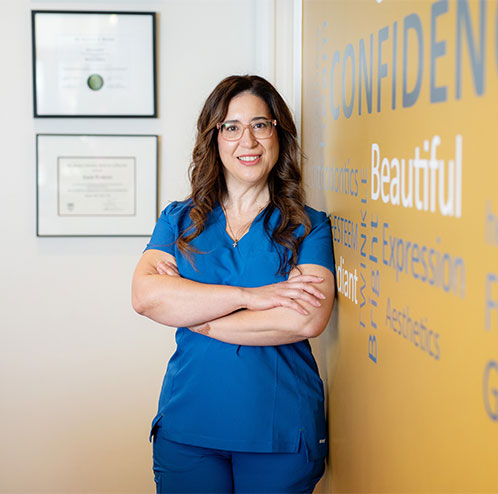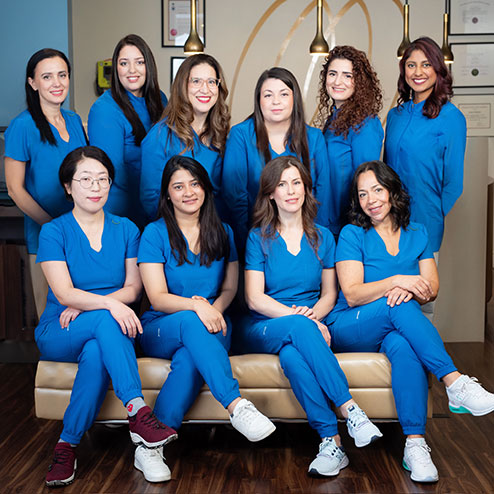Welcome to Orthodontics on Danforth
Everyone deserves to own their smile with confidence. At Orthodontics on Danforth, we specialize in creating beautiful, healthy, and functional smiles that our patients can own with confidence. Our office provides comprehensive orthodontic care with a friendly team and a family-oriented environment to help you achieve that smile!
Our orthodontic specialist, Dr. Emily Trohatos, spends one-on-one time with each patient to understand their unique goals and needs. She ensures that all questions are answered, and concerns are addressed before she begins the process of developing a customized orthodontic treatment plan.
Our team looks forward to meeting you and your family. Contact our orthodontic office today to schedule your consultation!






